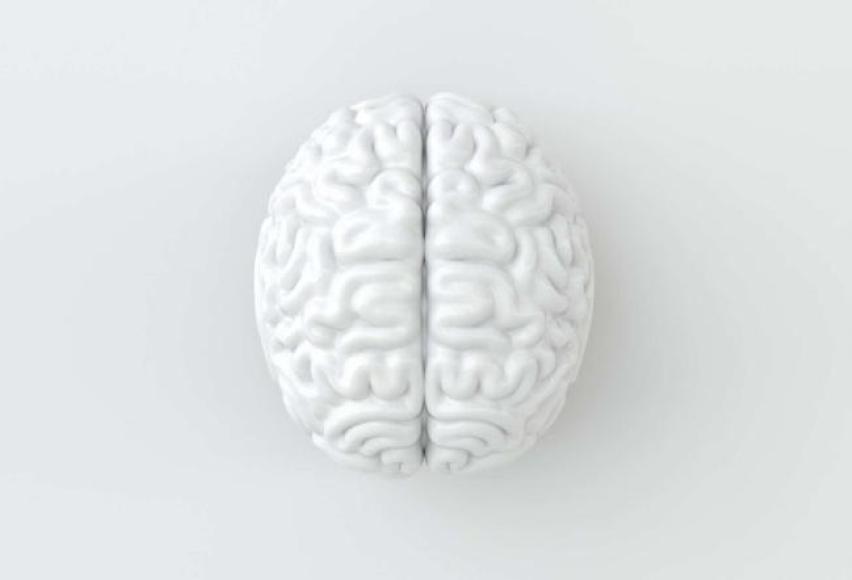Neuroplasticity and Hair Pulling

Online test
Find out the severity of your symptoms with this free online test
If you’ve done any reading about how the brain learns and adapts, you’ve probably come across the term neuroplasticity. It’s received a lot of attention in the scientific community, especially as it relates to the brain’s ability to essentially “rewire” itself to create new ways of doing things. If the brain is capable of creating new ways of doing things, could it help someone with a Body Focused Repetitive Behavior (BFRB) like hair pulling develop new ways of managing their disorder? In this recent TrichStop.com webinar, Dr. Vladimir Miletic takes a closer look at neuroplasticity, habit formation, and hair pulling, what it could mean for managing hair pulling, and offers tips on how to approach change.
What Is Neuroplasticity?
In its simplest terms, neuroplasticity is the brain’s ability to adapt and change based on experiences. It is the brain’s way of dealing with an experience and creating new ways of dealing with it. For example, if someone suffers a traumatic brain injury (TBI), the brain can often “rewire” itself to “work around” the damage and allow new ways of functioning. But neuroplasticity isn’t reserved for traumatic injuries. Common tasks like learning a new language or learning to play an instrument, even meeting someone new and remembering their name, all require your brain to adapt and learn new ways of functioning. Learning and changing behavior relies on neuroplasticity, or the brain’s ability to create new pathways for learning.
With all of the attention it has gotten, you might think neuroplasticity is something new. Actually, it’s a concept that has been around for a long time. Psychologist William James was one of the first to recognize that the brain was “plastic” or changeable. Over time, research began to recognize that ability and the study of mindfulness brought neuroplasticity into our everyday awareness. Today, science and technology have allowed us to see the brain at work in ways not possible in James’ day.
So, just how does the brain “rewire” itself? Beginning early in life, the brain undergoes a process of “self-cleaning” that allows it to remove unnecessary connections and strengthen connections that it needs to function. This process is known as synaptic pruning. Like pruning branches on a bush, the brain prunes away neural connections that aren’t needed or no longer working so that it can be at its most efficient. Much of this pruning takes place from early childhood to the late teens or early 20s as the brain grows and matures. It is this process of pruning that helps the brain organize itself and run efficiently so it can learn and maintain behaviors.
Dr. Miletic notes that there are actually two parts to neuroplasticity:
- Functional neuroplasticity occurs when the brain reorganizes its existing structures to function optimally.
- Structural neuroplasticity is the physical change that happens in the brain in response to experiences. In other words, the brain’s physical structure changes as it experiences something new (like learning and storing someone’s name.)
You can think of these neural connections (synaptics) like circuits. They are pathways that the brain has in place to maintain and manage its functioning. It might sound like the brain can just simply make a change whenever it wants to. It’s actually more complex. Dr. Miletic notes that how and how fast the brain can adapt can be influenced by factors such as:
- Genetics – Not everyone’s brain adapts the same way. While no specific “neuroplasticity” gene has been found, it seems clear that genetic predisposition plays a role in brain adaptability.
- Age – It is thought that younger brains adapt more easily. The child/adolescent brain undergoes vigorous pruning and adaptation. This may be why kids seem to be more adept at learning multiple languages that adults.
- Lifestyle – We are learning a lot about how lifestyle can affect our health and our mental health. It makes sense that practicing healthy habits might support the brain’s ability to adapt. Things like sleep, physical activity, and learning new skills have been shown to help keep the brain active and adaptable.
As all these things are happening, your brain is releasing neurotransmitters that help to establish connections that become the ways you operate in the world. All of these factors play a role in the connections. Now, those connections aren’t considered “good” or “bad” by the brain. They are simply the things we learn that get reinforced in some way. As Dr. Miletic notes, “neurons that fire together, wire together.” And therein lies the connection to habit formation.
Wiring and Firing
In the brain, when things occur together at the same time, that is, when neurons are activated at the same time, they all become connected. Over time, with repeated behaviors, the connection becomes established and strong such that they become part of one process.
In the case of hair pulling, there is the pulling behavior, and very often, rituals and patterned behaviors that accompany the pulling. They may not have happened all at once from the very beginning. Over time, these actions started occurring at the same time and somehow became linked together.
Dr. Miletic describes this process of “wiring and firing” in the development of hair pulling:
- Step 1: You experience a difficult emotion – the trigger
- Step 2: You recognize this trigger and decide “I can’t handle this!”
- Step 3: Hair pulling to soothe the intense feelings
- Step 4: Achieve that sense of relief or gratification and validation that the action worked
- Step 5: Repeating the action helps to wire together those neurons that fire together during the behavior
If neuroplasticity plays a role in how repetitive behaviors like hair pulling are formed, it makes sense that similar strategies might be helpful in creating new connections that can replace problematic ones.
Changing Connections
Thinking about habit formation and change through the lens of neuroplasticity and the brain’s remarkable ability to rewire itself, Dr. Miletic describes a three-step process for creating new connections.
1. Stop reinforcing existing patterns – Be mindful of patterns that aren’t working for you.
2. Replace old patterns with alternative patterns – Find strategies and techniques that can help you to break the old patterns and create the response you desire. Competing responses, part of Habit Reversal Training, is one example, but there are many techniques that can help. This is where working with a therapist trained in BFRB treatment can be super helpful to be sure you’re making healthy connections and not simply reinforcing the wrong behaviors.
3. Reinforce new patterns of behavior – You’re creating new connections. Some of the ways to do that include:
Set your intention – be clear about what you want to achieve
Mindfulness – be aware of and intentional about what you’re doing
Incorporate – incorporate new behaviors in the appropriate context
Validation – Praise is powerful. Recognize your successes, whether large or small. Use stumbles as learning opportunities. We learn by doing and if you’re doing, you’re learning. Good job!
Analysis – Assess how things are going. Make changes where you need to. It’s a process.
Discipline – This is the hard one sometimes. Change requires that we do something and do it consistently. Dr. Miletic refers to this as dedicated repetition. The more you do something, the stronger the connection. Remember, neuroplasticity works based on the reinforcement of neural connections. For that to happen, your brain needs to keep them activated as long and as often as possible.
The process of change is slow. It takes discipline and repetition. Given what we know about habits and habit formation, tapping into the brain’s neuroplasticity might just be one more tool in the treatment toolbox for people living with hair pulling and other BFRBs.
To learn more about neuroplasticity and hairpulling, you can find this webinar on our YouTube channel. Stay up-to-date on the latest in treatments for hair pulling by subscribing to the TrichStop.com newsletter. You can also subscribe to the Trichstop.com YouTube channel to view the latest video releases.
Online test
Find out the severity of your symptoms with this free online test
Start your journey with TrichStop
Take control of your life and find freedom from hair pulling through professional therapy and evidence-based behavioral techniques.
Start Now



